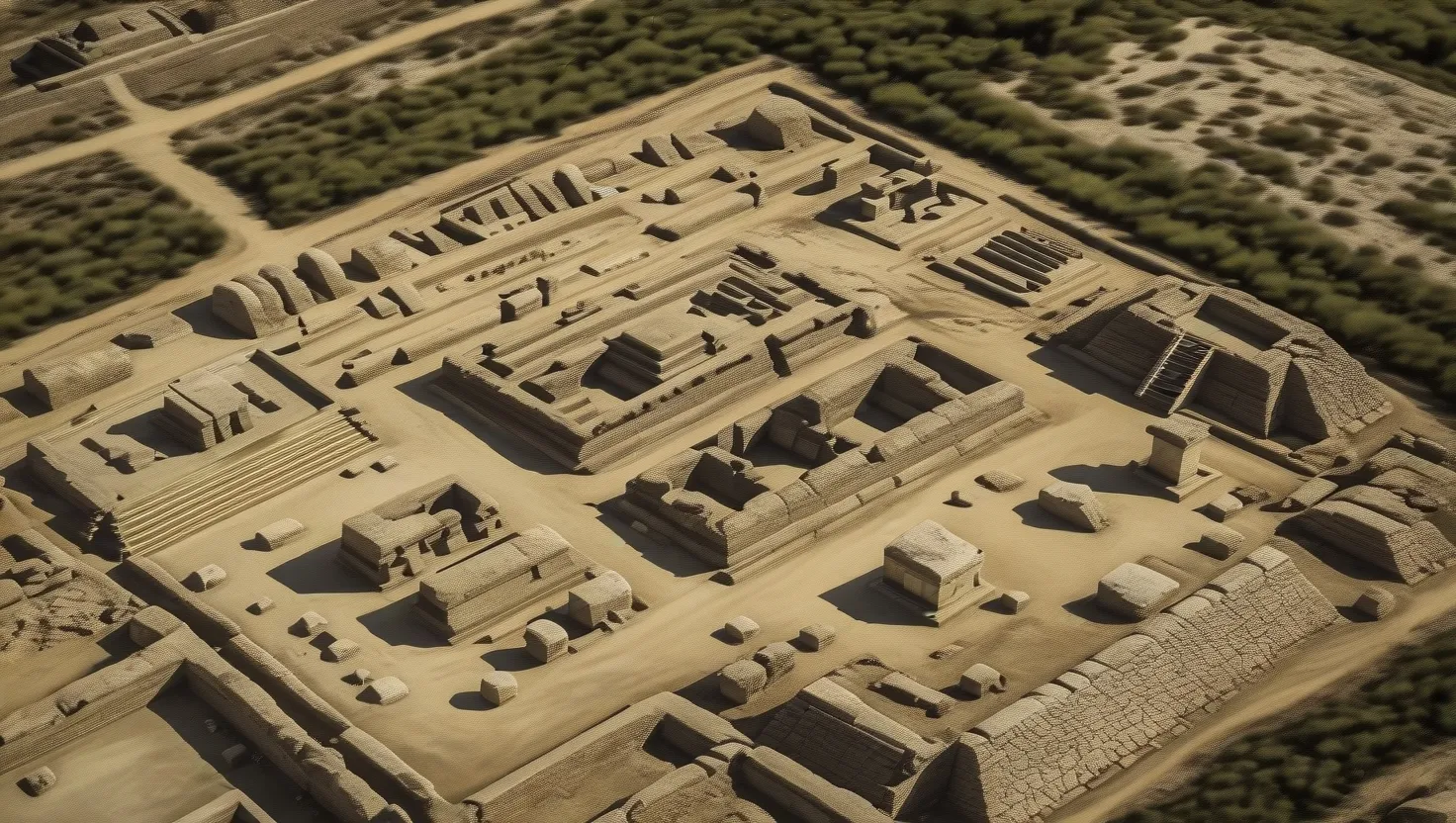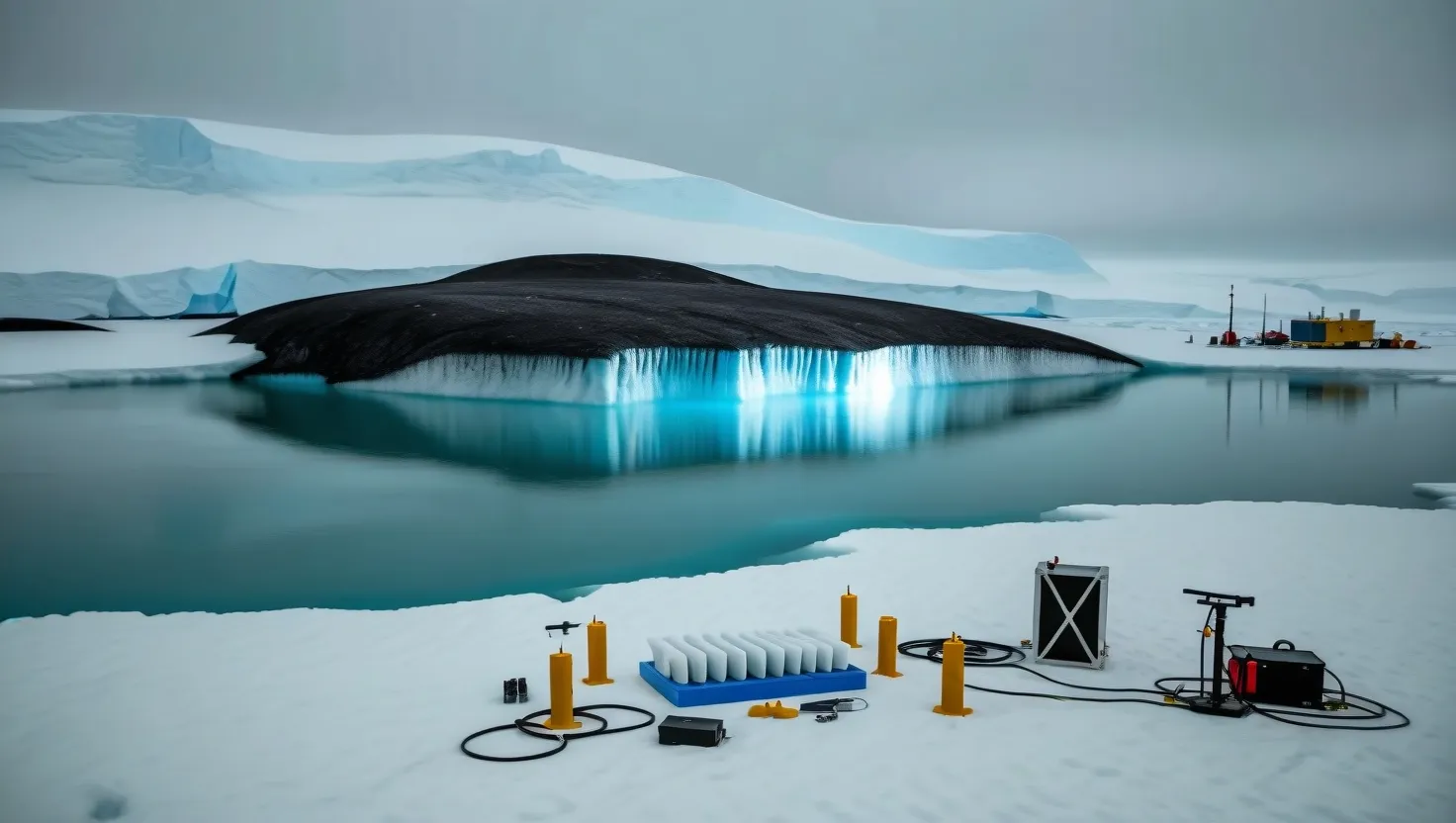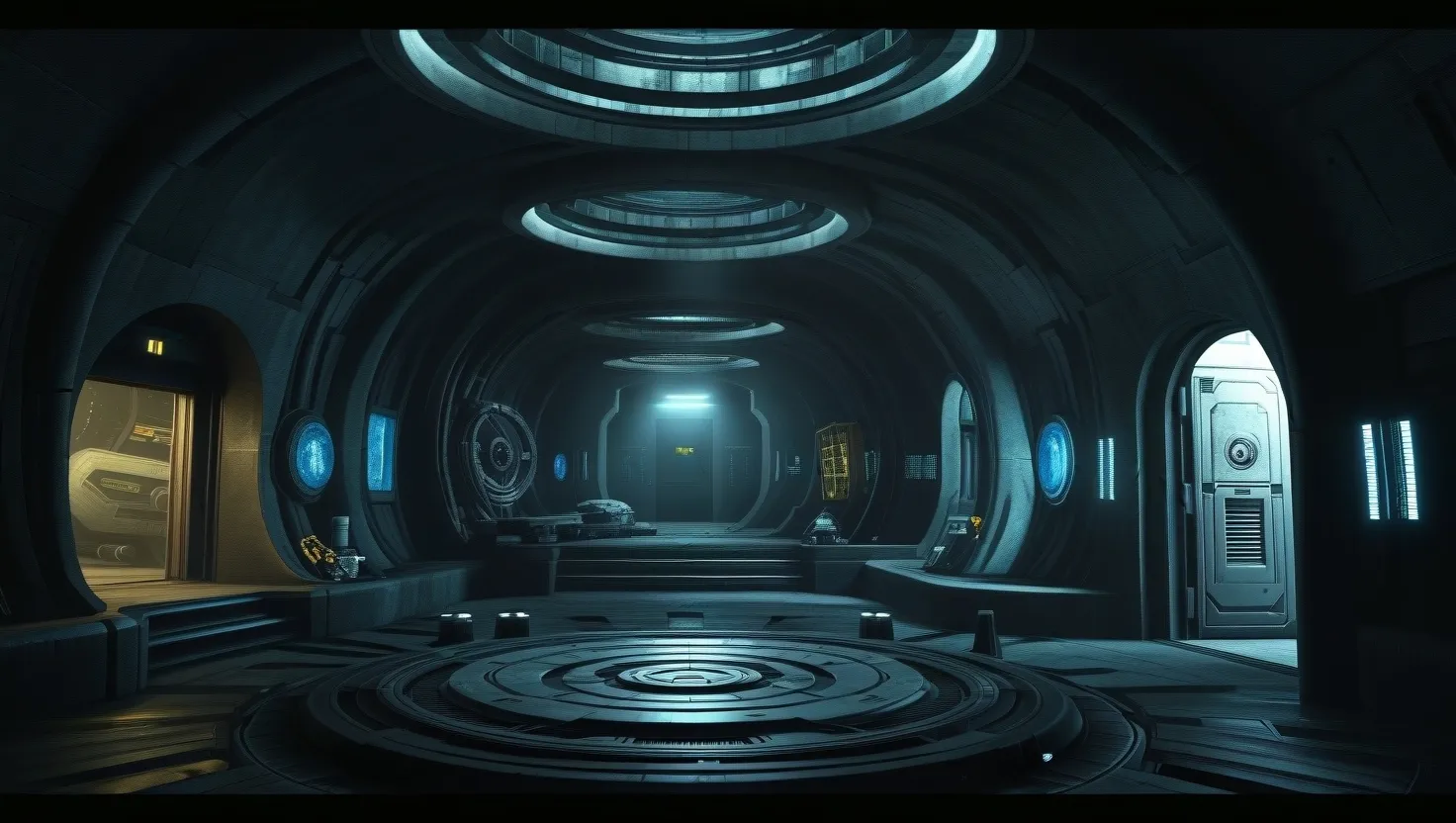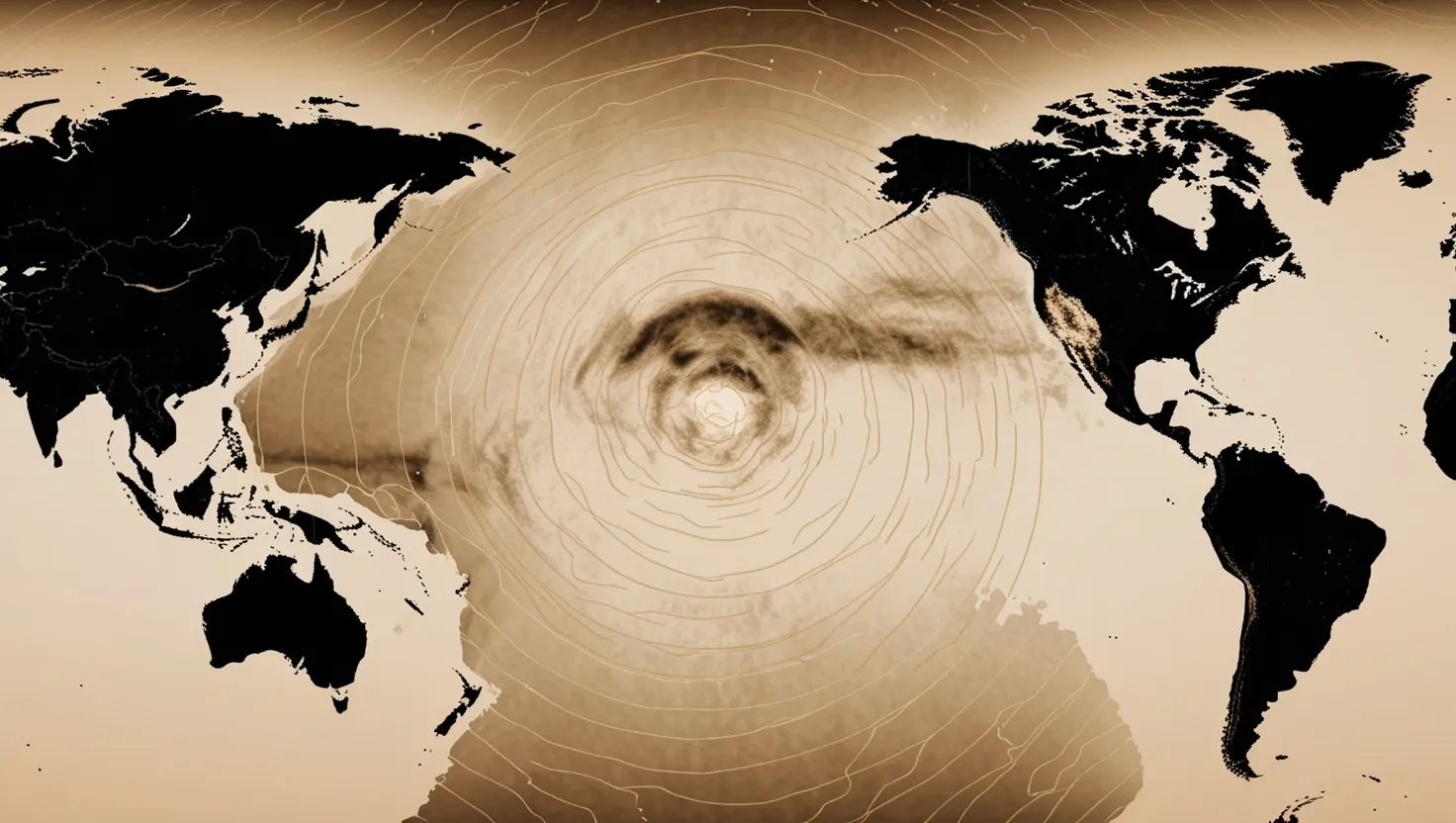As I delve into the world of archaeology, I am often reminded of the words of the renowned archaeologist, Howard Carter: “It is the eve of a new era in the history of Egyptology.” This sentiment resonates deeply when we consider the plethora of unexplained archaeological discoveries that continue to baffle and fascinate us.
Let’s start with one of the most intriguing finds – the Antikythera Mechanism. This ancient Greek device, discovered in a shipwreck off the Greek island of Antikythera, is often described as the world’s first analog computer. Imagine a complex system of gears and dials, meticulously crafted to track astronomical positions, predict eclipses, and even follow the timing of the Olympic Games. The sophistication of this mechanism challenges our traditional view of ancient Greek technology, suggesting that these civilizations were far more advanced than we previously thought.
“How can we account for the fact that the ancient Greeks, who were so skilled in geometry and mathematics, did not leave us any treatises on mechanical engineering?” This question haunts many scholars as they ponder the origins and purpose of the Antikythera Mechanism. Was it a tool for priests to predict celestial events, or perhaps a device for sailors to navigate the seas? The answers remain elusive, but the mechanism’s existence forces us to reevaluate the technological prowess of ancient civilizations.
Moving eastward, we find ourselves at Göbekli Tepe, a site in modern-day Turkey that has rewritten the narrative of human history. Here, massive stone structures, some dating back an astonishing 11,000 years, predate the advent of agriculture. This discovery shatters the long-held belief that the rise of complex societies was a direct result of agricultural development. Instead, it suggests that early humans were capable of constructing elaborate temples and gathering in large numbers without the need for settled agriculture.
As we stand before these ancient stones, we are compelled to ask: What drove these early humans to invest so much time and effort into building such monumental structures? Were they places of worship, communal gathering spots, or something entirely different? The silence of these stones is deafening, yet it speaks volumes about the ingenuity and social complexity of our ancient ancestors.
Next, we venture to the deserts of Peru, where the Nazca Lines stretch across the landscape like giant geoglyphs. These enormous designs, visible only from the air, depict a variety of animals, plants, and geometric shapes. Theories abound about their purpose – were they messages to the gods, markers for ancient rituals, or simply artistic expressions?
The Nazca Lines pose a significant challenge to our understanding of ancient communication and artistic expression. How did these people manage to create such precise and large-scale designs without the benefit of aerial views? The mystery surrounding these geoglyphs is a testament to the creativity and resourcefulness of ancient cultures.
In the heart of Mesopotamia, another enigmatic artifact has sparked intense debate – the Baghdad Battery. Discovered in the 1930s, this small clay pot with copper and iron components is believed by some to be an ancient electrical device. While its exact purpose remains a topic of discussion, the possibility that ancient civilizations had some form of electrical knowledge is both intriguing and unsettling.
As we consider the Baghdad Battery, we are forced to question our assumptions about the linear progression of technological advancements. Did ancient cultures have access to knowledge that has since been lost, or are we simply misinterpreting the evidence? The battery’s existence opens up a Pandora’s box of possibilities, challenging us to rethink the timeline of human innovation.
The Piri Reis Map, created in the 16th century, is another artifact that defies easy explanation. This map shows the coast of South America and the Caribbean with remarkable accuracy, but it also includes depictions of lands that were supposedly unknown at the time, such as Antarctica without its ice cap. How did the cartographer, Piri Reis, acquire such detailed knowledge of these regions?
The map raises profound questions about the extent of ancient exploration and the possibility of lost civilizations. Was Piri Reis drawing from ancient sources that have since been lost, or did he have access to information that was beyond the reach of his contemporaries? The map’s secrets remain locked, but they invite us to explore the boundaries of historical knowledge.
In China, the Longyou Caves present another puzzle. These massive, man-made caverns, discovered in 1992, are a marvel of engineering. With ceilings as high as 30 meters and walls adorned with intricate carvings, these caves are a testament to the ingenuity of ancient Chinese engineers. However, the purpose behind their construction remains a mystery.
As we wander through these caverns, we are struck by the sheer scale and precision of the work involved. Were these caves used for religious rituals, military purposes, or something entirely different? The silence of the caves is a reminder of how much we still have to learn about our past.
Finally, we come to the Stone Spheres of Costa Rica, nearly perfect stone balls that range in size from a few centimeters to over two meters in diameter. These spheres, found scattered across the landscape, are a mystery that has captivated archaeologists for decades.
“What is the meaning of these spheres?” we might ask, echoing the sentiments of many who have pondered this question. Were they used in rituals, as markers for important sites, or simply as artistic expressions? The precision and uniformity of these spheres suggest a level of craftsmanship that is hard to fathom.
As we reflect on these unexplained archaeological discoveries, we are reminded of the words of the archaeologist, Zahi Hawass: “The past is a source of knowledge, and the future is a source of hope.” These artifacts not only challenge our historical narratives but also inspire us to continue exploring and learning from our past.
Each of these discoveries forces us to reconsider the timeline of human advancement and the potential for lost civilizations. They remind us that history is not a linear progression but a complex tapestry woven from countless threads of human ingenuity and creativity.
So, as we stand at the threshold of these mysteries, we are compelled to ask: What other secrets lie hidden beneath the earth, waiting to be uncovered? And what will these discoveries reveal about our shared human history? The journey to uncover these answers is as exciting as it is daunting, but it is a journey that promises to enrich our understanding of who we are and where we come from.






